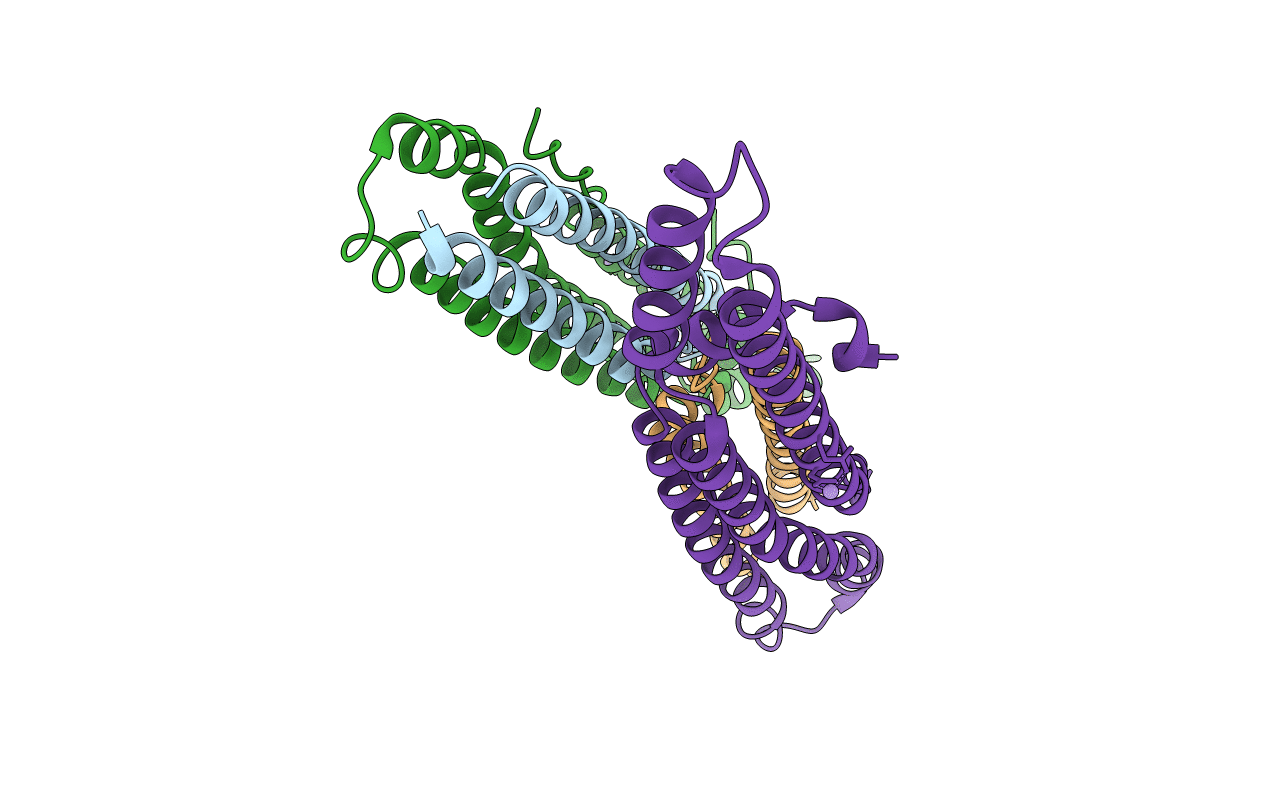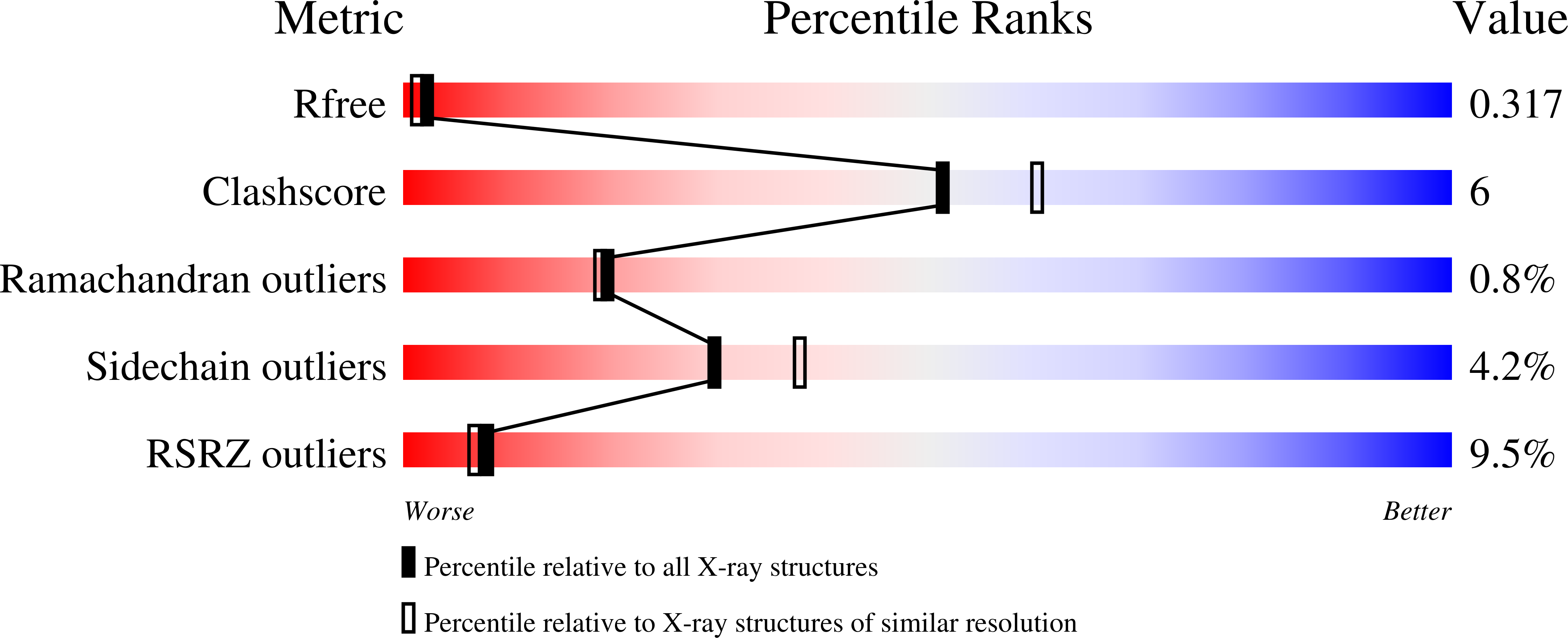
Deposition Date
2006-02-17
Release Date
2006-03-14
Last Version Date
2024-02-14
Entry Detail
PDB ID:
2G38
Keywords:
Title:
A PE/PPE Protein Complex from Mycobacterium tuberculosis
Biological Source:
Source Organism:
Mycobacterium tuberculosis (Taxon ID: 83332)
Host Organism:
Method Details:
Experimental Method:
Resolution:
2.20 Å
R-Value Free:
0.31
R-Value Work:
0.24
R-Value Observed:
0.25
Space Group:
P 2 2 21


